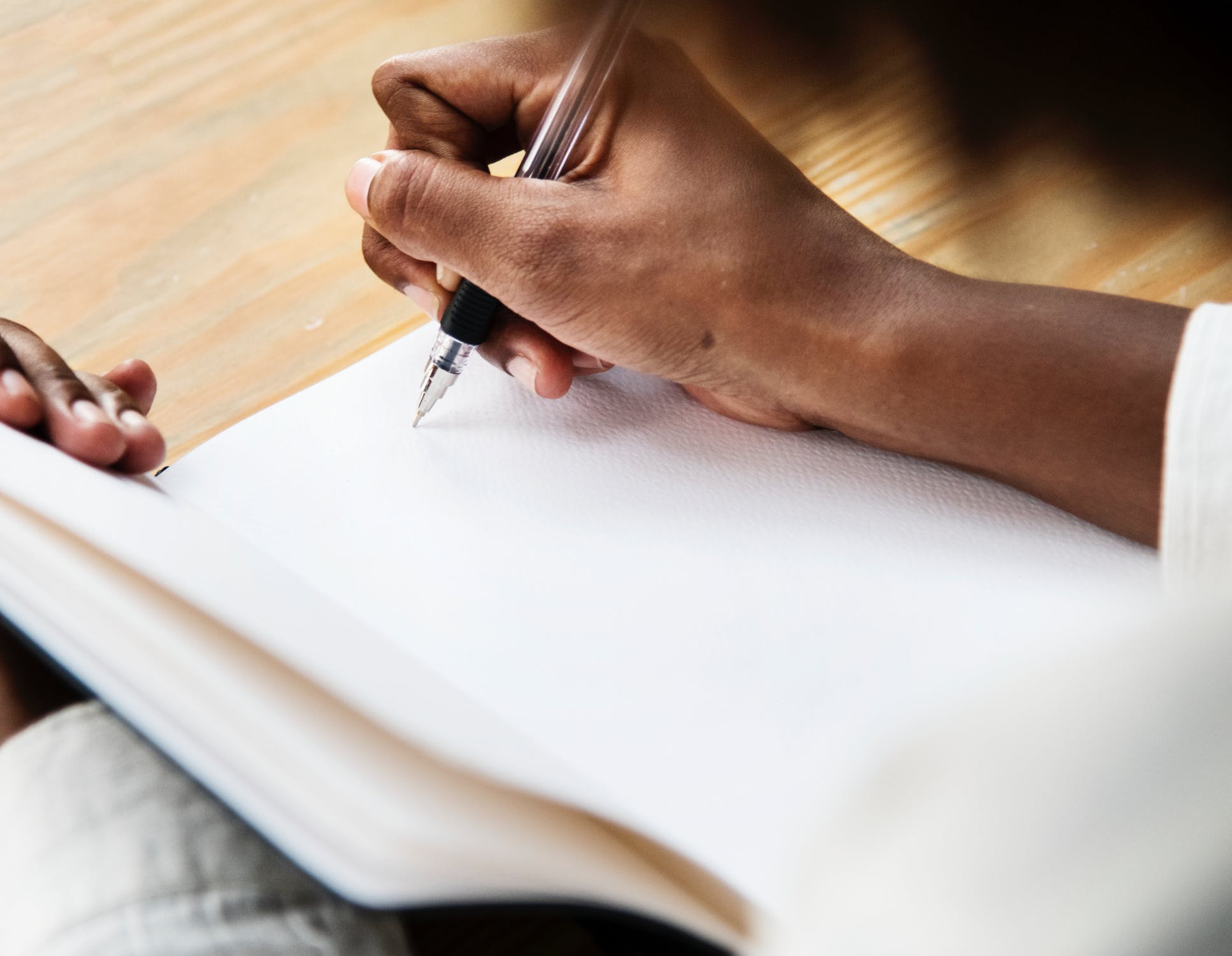
If you work as a writer or reporter, interview articles will become an integral part of your profession and activities. However, to cope with this task, it is not enough to have a chat with your subject with a cup of tea. Commonly, if you are assigned to do an interview, your subject is a unique person with insights on a matter, event, or someone’s work that only he or she can give.
Overall, there are many details that writing a comprehensive and interesting interview article requires, which is why it is better to prepare the text step by step. So, prepare your gear: tape recorder, notebook, pencil, and coffee. You will need these to be ready for everything on your way.
Step 1: The homework
The first step in writing an interesting and intelligible interview article is doing your homework. At this step, you will need coffee and a laptop. An interview is something more than a friendly conversation, so you have to expand on the ways of obtaining the information for your article. The main components of the pre-interview homework for a writer or a reporter are goal setting, research, and script writing. You should consider the importance of each of these steps, as failing in any of these may result in awkward silence, irrelevant questions, or a boring article.
Goal setting
When you are going to the interview, you should remember that the person you are to talk with represents a unique opinion, standpoint, or expertise you cannot expect from others. It may be a celebrity, poet, nuclear physics professor, firefighter, tornado survivor, doughnut eating contest winner, the owner of 45 dogs of Elon Musk’s nursery teacher. In each case, you have to focus on the thing that is special about your interviewee to make the conversation productive and the article interesting to read.
Set the goal of your conversation to learn as much about the topic that makes your interviewee special. Excellent homework, in this case, will expand to making a mind map, and thinking not only about the person you are about to interview, but everything that might be related to the topics you will discuss.
Research
Consequently, you will have to study the topic you will discuss and be ready to speak on it as well. Though you are the interviewer, you must have a deep understanding of the matter you are going to talk about. Even if it is a common person who did something outstanding, there is plenty for you to learn about your interviewee and the occasion that brings you to the conversation.
Try recollecting everything that is already known about the subject and connect it with the reason why you chose the person you are going to talk to, because you have to put your conversation in a certain context.
For instance, if you going to interview a politician or a social activist, try learning about his or her views, recent activity, and opposing ideas. You will see there is a lot about him or her already on the internet, which means you will be able to dismiss everything irrelevant or boring.
If it is a celebrity, you may need to focus your research on his or her personality. For your partner in conversation, it will ensure the questions are not annoying or recurrent. For your readers, you will open insight into the human personality of a star, which they will love.
It goes without saying that if you interview a creative person, such as a writer, director, composer, and so on, you have to be familiar with his or her oeuvre. If you do not have time to read their last novel, try to learn about it as much as possible. Read synopses and reviews, and let your interviewee explain the rest. Still, your homework is to make sure you are on the same page.
Finally, if it is a regular person who did something outstanding, you may need to learn about the circumstances of the occasion as much as possible, and it will give you the context needed for a quality interview.
Questions outline
The time you can spend with the interviewee is commonly limited, so you have to make the best of it. For that reason, even if you have done the basic research on your subject, it is not enough if you haven’t come up with questions.
As an interviewer, you are the one who navigates the conversation and controls the time spent on each topic. If you do not outline the conversation, there are two ways the interview can go wrong: first, your subject may become too passionate about a single question and spend all your time on it; second, there can be awkward pauses if the person is too brief about some of your questions.
After all, you will feel more confident and in control if you have outlined your conversation in a list of questions. It will make the interview more comfortable for the person you talk with as well.
Finally, here are some checks to make in your questions list:
- Make sure your questions are not easily answerable with yes or no. You should encourage the discussion and learn the opinion of your subject rather than interrogate him of her.
- Google each question you plan to ask. If you find the answer online, edit it out.
- Make sure the questions are relevant and appropriate by applying simple common sense.
Step 2: The interview
It’s time to use the tape recorder, pencil, and notebook. And coffee, too. The conversation with your subject is the most fun part of preparing an interview article—especially if you head to it with your homework done. Nonetheless, there are many things that depend on you during the interview, because this is the part that requires your soft skills.
You should create and maintain a friendly and respectful vibe during the interview so that your subject feels comfortable and willing to talk with you. To make him or her chill, do not forget about the importance of nonverbal communication during the session. According to psychologists, nonverbal signs are as important as words spoken. Use eye contact, smiles, and gestures to liven the conversation up. Obviously, you must not push it too hard, but being an animated person and a responsive listener is enough.
Turn on the tape recorder and begin your interview with a nice joke, discreet compliment, or just a thank you, and start with the questions from the top of your list. If you feel some of them take too much time, feel free to switch to the next one. However, try not to interrupt the speaker, and at least give him or her a chance to finish a point.
Go ahead by taking notes and repeating your questions. The interviewee will get it right, and you will have all of them answered fully. The tape recorder may not play back the whole context of the conversation, so do not neglect the good old-fashioned notebook. After all, it is you who has to decode the recording, so the clearer it is, the easier it will be to write the article.
Step 3: Transcript review
After you finish the interview, you should take another listen to the record. The first thing to do is to turn it into a transcript. You can find many of such services online. More conventional methods, such as listening to a record and writing its extracts for a final draft, are also alright. However, you may miss important details, and it takes much longer than enjoying the technological commodities of the 21st century.
Reread the transcript and find the most interesting and relevant parts of the interview. A fresh view of the discussion is supposed to give you ideas for the representation of the topic, narrative format, catchy phrases for the introduction, and the main idea of the article. Just make sure you do not quote yourself.
Step 4: Actual writing
Before writing an article, figure out the key aspects of the narrative. Choose one based on the standpoint you want to represent. Whichever approach to the interview presentation you choose, make sure to introduce your character and highlight why this person is interesting.
A report
Writing a report is best if you want to give more attention to the context or the matter discussed in the interview. If you choose this format, be ready to explain the complicated parts to your reader and use direct quotes from the interview as a support for the facts you present. Nonetheless, the interviewee’s quotes must constitute a significant part of your interview report.
A story
This format is appropriate when you have a friendly conversation with a famous person. Here, you can substitute long transcript messages with your own re-narration and deliver those in action. For example: “Joanne expressed great concern about…” or “He recalls it with a smile.” Once again, a story narrative goes best with interviews with celebrities, who stand for an inspirational figure rather than a credible source of facts.
A dialogue
If the person rather than the context is paramount for the article, you can simply present the dialogue as a script. It is the easiest way to present the interview, because here you write just your questions and the interviewee’s answers one after another. It may be considered quite a lazy writing option because the information you present to the reader does not have any interpretation. On the other hand, it may establish a format for a separate column if you publish interviews with the same questions, only with different people.

Although writing an interview article is an interactional activity, it is still more work than play. The main thing about any interview is putting the conversation in a context, which means you have to do your homework properly. If possible, take a day or two to do a research and think your questions through.
Ideally, at the stage of outlining questions, you will already know the format of representation for your article and the mood that the conversation will display. Finally, you will be confident during the conversation, and the interviewee will have fun talking with you.

